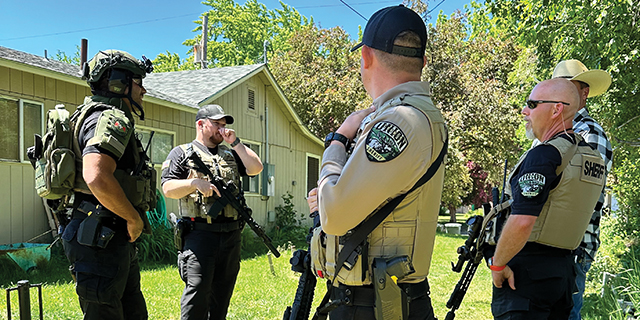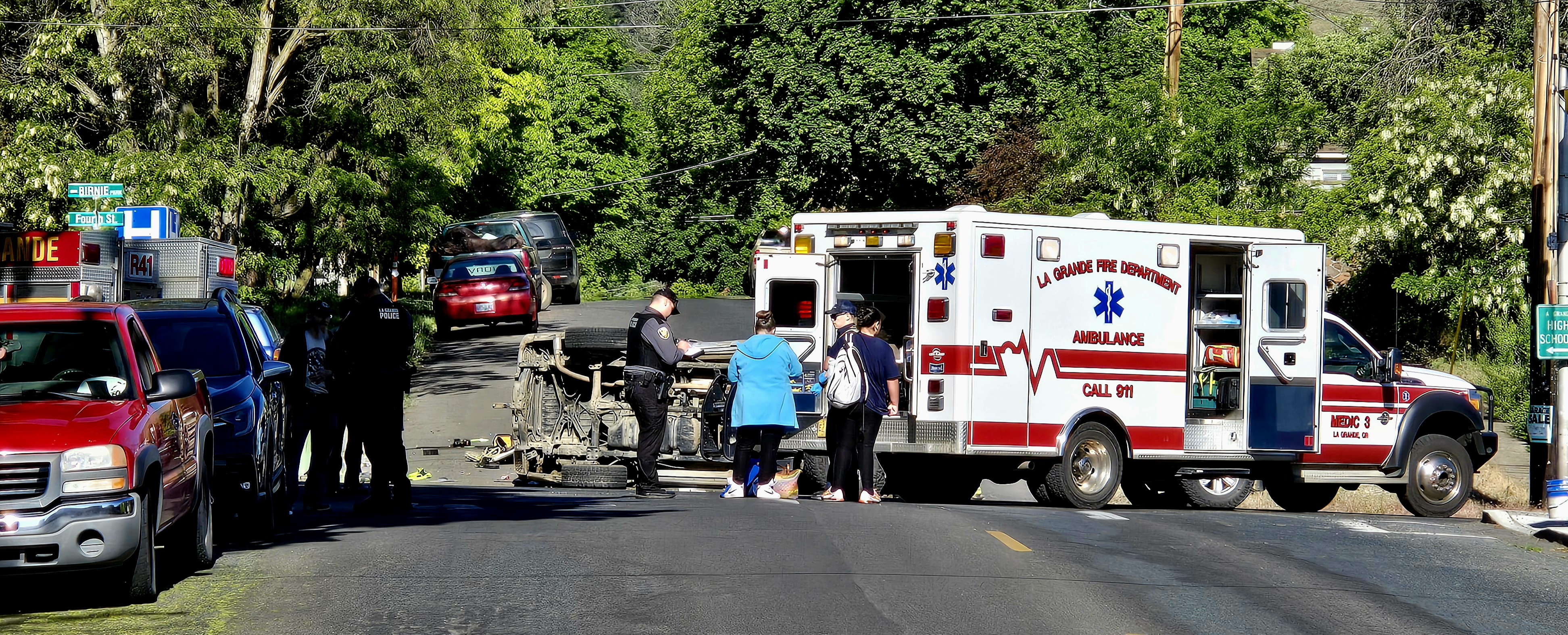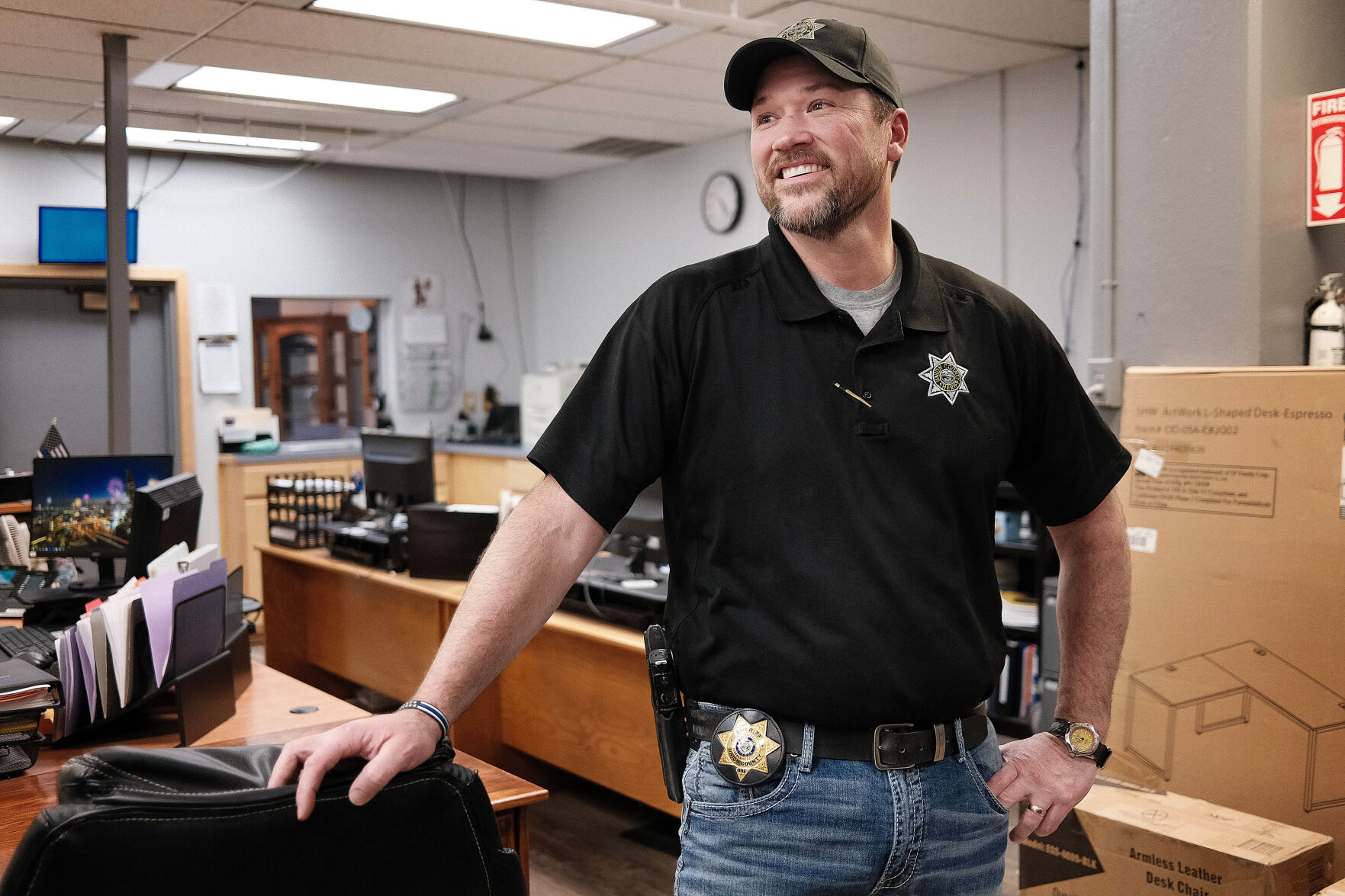Our view: Local control vital in effort to protect emergency responders
Published 3:00 pm Friday, April 26, 2024

- Echo firefighters fight a blaze April 16, 2024, inside a home at 76122 Rosenberg Road in Echo.
The complaint that government issues “one-size-fits-all” mandates is so common that it’s become a cliché.
But phrases that become clichés often do so because they reflect a basic truth.
The federal Occupational Safety and Health Administration’s proposed rules for fire districts, search and rescue units and other emergency responders appears to have the potential to epitomize the concept of an edict that fails to recognize the vast difference between, say, the New York City Fire Department and a volunteer rural fire protection district in Northeast Oregon.
There are more than three dozen of those in the region.
And fire chiefs are worried about OSHA’s proposed Emergency Response Standard. The federal agency published the proposed rules in the Federal Register in early February.
The potential nationwide implications of the rules are reflected in the more than 700 comments OSHA has received. Many are from fire officials who fear their departments couldn’t afford to comply with some of the requirements and would have to shut down. OSHA recently extended the public comment period for the proposal by 45 days, to June 21.
The impetus for this proposal is valid, to be sure.
OSHA wants to ensure that firefighters and other emergency responders have robust laws that protect them from the inevitable dangers of their jobs, both physical and mental.
The people who risk their lives to protect us, and our property, obviously deserve such protection. They should have clothing, vehicles and other equipment that is well-maintained and suitable for their tasks.
Local officials are concerned, though, that OSHA’s proposal would go beyond that laudable goal and impose requirements that small volunteer districts, some of which have annual budgets well below $100,000, could not meet without an infusion of federal money. Which is not part of OSHA’s proposal.
Jason Jantzi, a former firefighter and senior risk management consultant with the Special Districts Association of Oregon, said all agencies should strive to ensure emergency responders are protected.
But Jantzi believes Oregon’s system is effective. Moreover, he said it is flexible enough to recognize the considerable differences between metropolitan fire departments and rural volunteer districts. The point is not that volunteers aren’t as deserving of protection — of course they are.
But it’s not reasonable to ignore that a department with hundreds of firefighters who regularly fight complicated structure fires has vastly different needs, in terms of equipment, maintenance and training, than a rural district whose volunteers are mainly in their 60s and 70s and respond primarily to wildfires.
The federal government, generally speaking, is not agile when it comes to addressing such disparate circumstances.
Ideally, the new OSHA rules will be flexible enough to allow states, which would have six months to either adopt the federal standards or propose their own system that is at least as effective, to reflect the differences among the affected agencies.
One thing is certain — rules designed to help firefighters and other emergency responders will inevitably fail if those rules force some of those heroes to quit because their agency can’t afford to comply.





